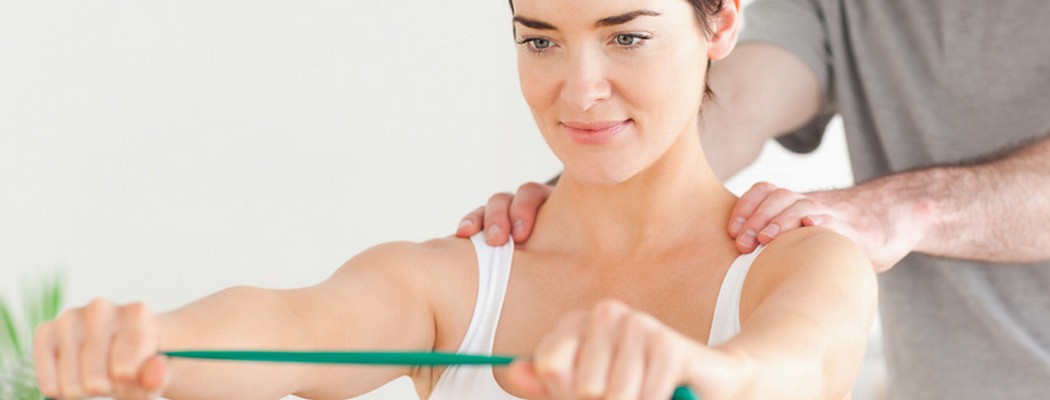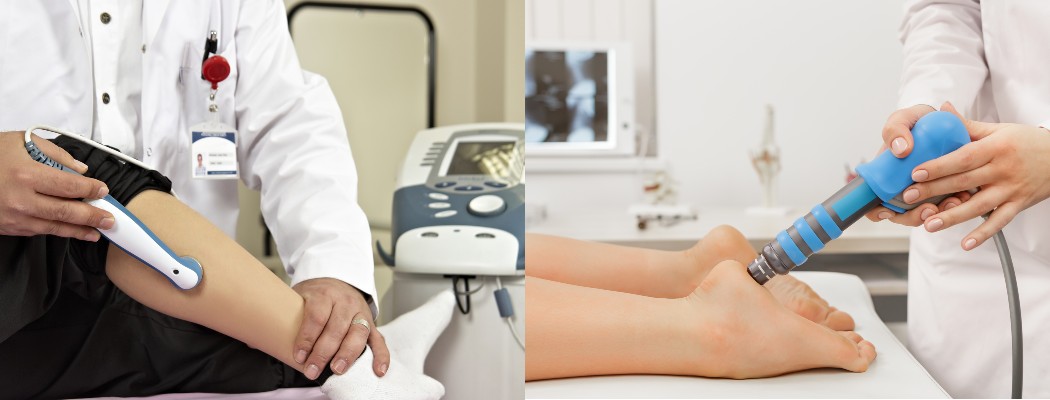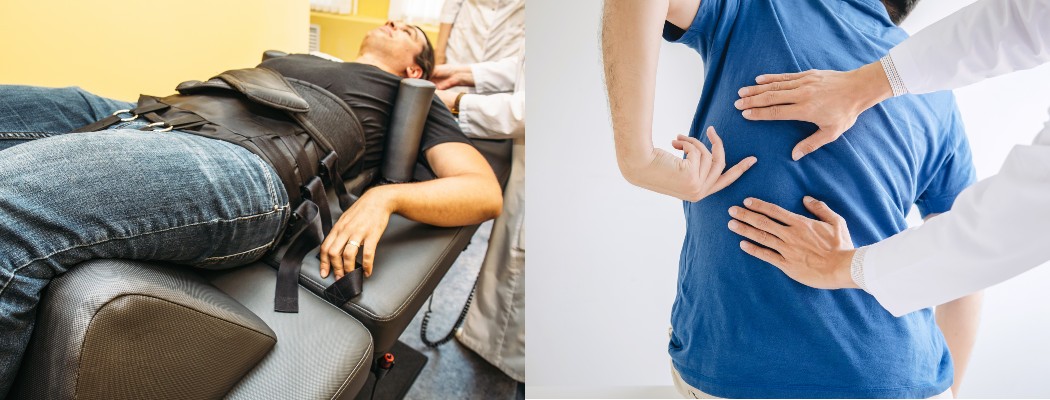Physiotherapy in Cambridge, Galt, and Preston for Weightlifting
Welcome to The Cambridge Physiotherapy's guide for selecting weightlifting equipment.
We recommend a few general considerations for selecting your equipment in order to stay comfortable and minimize injury while weightlifting.
Clothing:
There is no standard clothing required for weight lifting, but it is advisable to wear form-fitting clothing so that your limbs can move freely and to avoid your workout wear catching in the equipment. Form-fitting clothing also allows you to observe your technique in the mirror which is very important in order to maximize your workout and avoid potential injury-causing techniques.
Shoes:
At the recreational level there is no special footwear required for weight lifting. Choose a comfortable training shoe with good sole and arch support as the added weight does transmit through to the feet. At competitive levels, a special weight-lifting shoe which has a raised heel is used to assist the shin positioning and ankle biomechanics when lifting excessively heavy weights overhead.
Types of Weights:
You may be lucky enough to have the choice of several different types of weights such as free weights or weight machines during your workout. Or, you may be purchasing your own weights so you can do your workout at home. In either case, there are a few considerations regarding the actual weight that you should take into account to minimize your risk of injury when using them.
Fitness gyms often have many types of weights including free weights (pre-manufactured small dumbbell weight sizes or adjustable barbells,) weight machines, and weighted balls or other weighted equipment (ie: bags, medicine balls, kettleballs, etc.) When choosing which type of weight to use be mindful of your ability to safely lift and handle the weight for the exercise while maintaining good technique. For exercises that are very familiar to you or when using lighter weights, free weights or other weighted equipment (balls, bags, etc) are good choices as they are easy to control while maintaining good technique which minimizes the risk of injury. If, however, your program requires a much heavier weight, or you are trying unfamiliar exercises, the weight machines are a better choice as they generally have built in safety stops and assist in guiding some of your technique. In addition, a lot of the newer weights and weight machines are ergonomically designed to assist with gripping or to fit the contours of your body in order to avoid potential injury-causing positions. If these types of weights are available, use them!
Chalk, Hand Gloves, and Grips:
Many recreational weight lifters choose to use either chalk, or weightlifting gloves or grips in order to improve their grasp on the bar. Gloves and grips also protect the skin of the hand from developing calluses. These specialized gloves do not cover the ends of the fingers which allows the fingers to partake in the gripping. Choose gloves that fit well. Those that are too large will increase the amount of force needed to grip the bar which can lead to overuse injuries of the forearm and elbows.
Back braces:
Competitive weight lifters nearly always wear prophylactic back braces due to the heavy overhead weights that they lift. Some recreational weight lifters who lift heavy weights also choose to wear back braces. The excessive and repetitive lifting of any weight, in particular the heavier weights, does put extra stress on the low back. Poor technique and posture can further exaggerate this. The typical weight lifting braces are rigid and should be worn relatively tight. They are designed to provide circumferential support to the low back by holding in the abdominal area, and assist in avoiding hyperextension during overhead lift movements. Some recreational users choose instead to wear a flexible back brace which does not provide the same rigid support benefits, but does help to keep the back muscles warm during the activity and also assists with proprioception (knowing where your body position is without having to look at it.)
Spotter:
Although not an inanimate piece of equipment, a weightlifting spotter can be one of the most important additions to your weight lifting routine in order to avoid injury. A spotter is someone who stands nearby in a ready position to assist the weight lifter if needed, particularly when the lifter is using near maximal weights or is becoming fatigued. A spotter is also helpful to watch for technique errors which can quickly lead to injury. The spotter needs to be prepared to completely take the weight from the lifter at any time therefore it is important that the spotter always remains alert and is mindful of their own posturing and lifting techniques when acting in this role. Spotting itself can lead to injury if done incorrectly!
Hydration Gear:
Keeping hydrated during any activity will help you stay alert while training or competing, may help to prevent muscle cramps and will help your post-training or competition recovery. Weight lifting is no exception. If you use your own drink bottles instead of drinking from the gym water fountain you can monitor your fluid consumption. We recommend that you drink about 300-400 mL before arriving at training or a competition, and 250mL (1 cup) of water or sports drink every 20 minutes during training and for one hour after training. Your fluid requirements will vary depending on the environmental conditions and your body size. If you are participating in a weight lifting circuit which is designed to keep your heart rate up and your body temperature high, you will need more water than if you are leisurely pumping iron. Obviously if you are lucky enough to take advantage of an outdoor weight lifting environment, you will need to increase your fluid intake to combat the heat of the sun.









